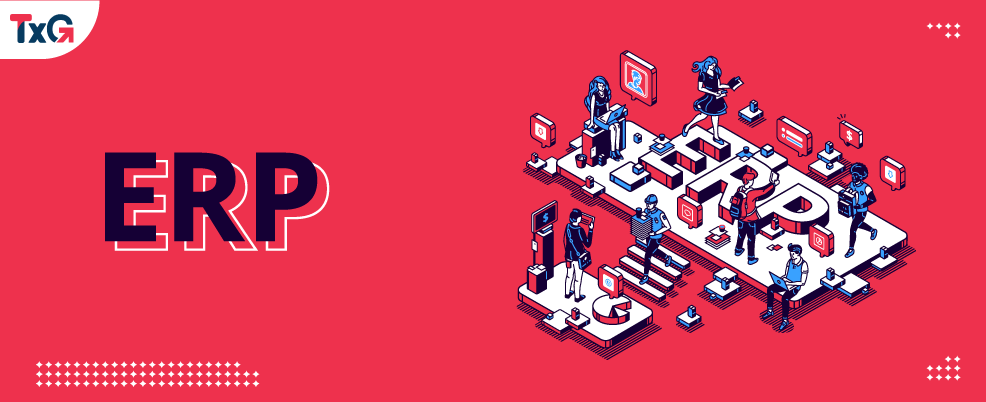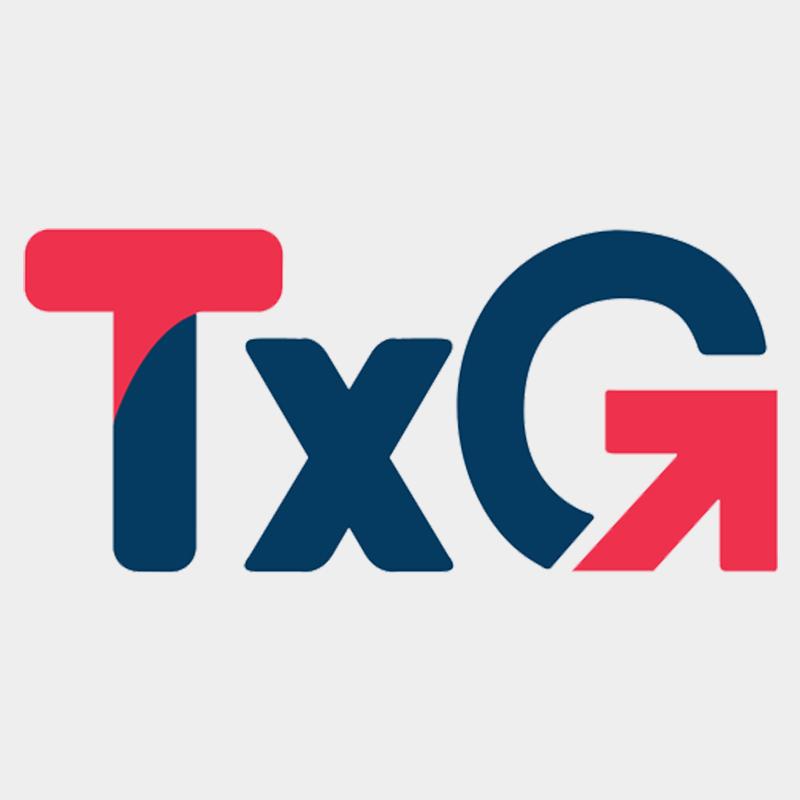SaaS ERP is an enterprise resource planning (ERP) system that operates in the data center of the ERP vendor rather than on the servers and infrastructure of the purchasing organization (known as on-premises ERP), allowing the company’s end-users to use the software online.
Cloud-hosted SaaS ERP software is controlled by the software provider. When compared to on-premises ERP, it may lower IT expenses and overhead while maintaining the most recent software for all users.
What is SaaS ERP?
Despite the fact that the phrases are occasionally used interchangeably, It is a subset of cloud ERP. When used as a multi-tenant system, cloud software products are referred to as software-as-a-service. it is handled by the software vendor, like other SaaS solutions. It mostly employs the multi-tenant paradigm, which calls for clients of a provider to share a single instance of the software and the same infrastructure.
Pros of SaaS ERP
SaaS ERP delivers the advantages of cloud ERP mentioned above and more, which is why its popularity has surged. Over on-premises or single-tenant cloud ERP, it has the following advantages:
- Pre-built functionality for essential organizational operations including accounting, inventory management, order processing, and customer data management.
- As the business expands, there is no need to deploy servers or make new infrastructure investments.
- Automatic updates by the provider that keep all customers up to date with the newest features.
- An interface that is more contemporary and user-friendly.
- A security and performance framework that guarantees privacy while ensuring a pleasant user experience.
Cons of SaaS ERP
SaaS ERP has downsides over on-premises or single-tenant cloud ERP that certain businesses may find problematic, such as:
- Data security is handled by vendors, which could not be sufficient for some businesses, particularly those with strict regulatory or compliance criteria.
- There is less possibility for customization to meet specific business requirements.
- Costs associated with monthly subscriptions pile up over time and will rise as the organization expands and adds more data and seats. On the plus side, as long as the organization has a strategy in place to regulate utilization, these charges are open (operation expenses) and predictable.


